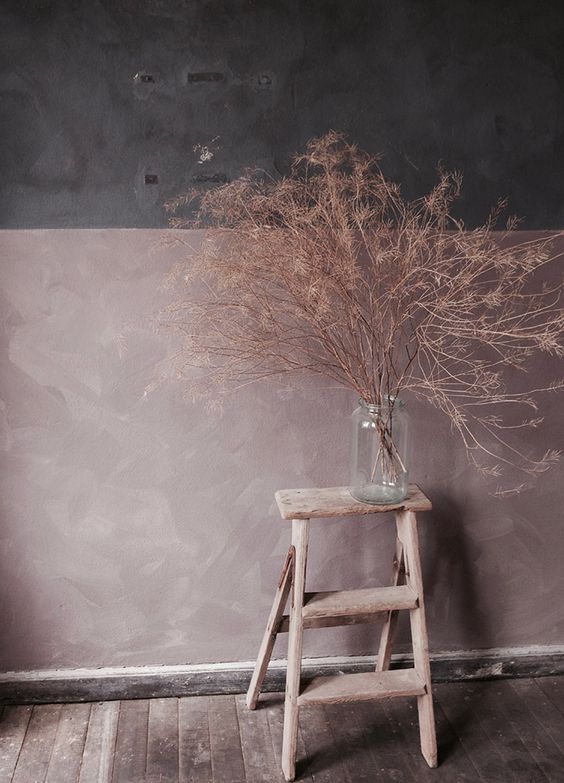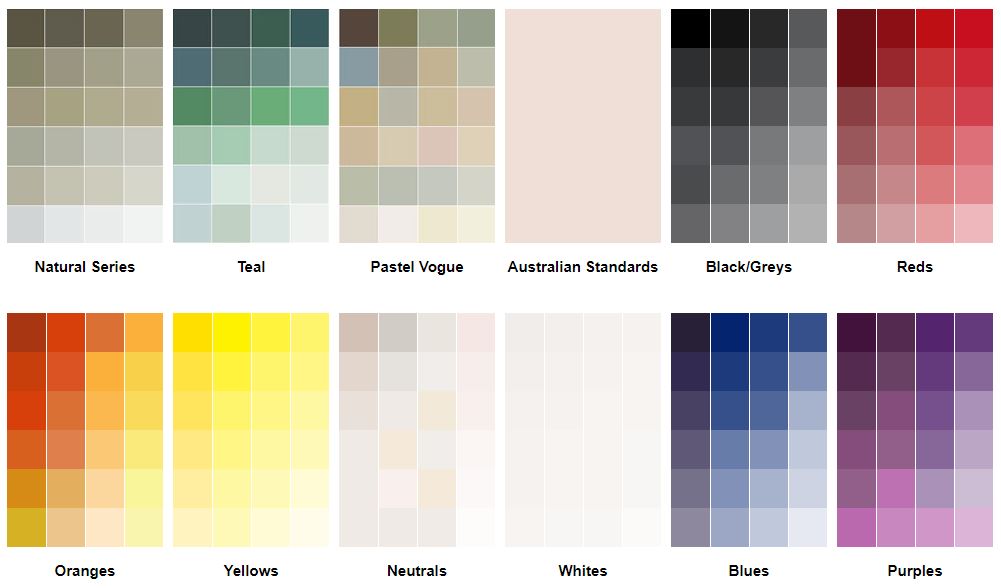Texture Techniques: Colour Washing
Sometimes a plain, solid colour just isn’t enough. Textured painting techniques have become increasingly popular of late as a way to add warmth and depth to your rooms. Often called “faux painting”, these techniques aim to replicate the look of other materials. While they may look complicated, these techniques are actually very easy and can be done without a professional painter. In this edition of Texture Techniques, we’re going to be looking at Colour Washing.
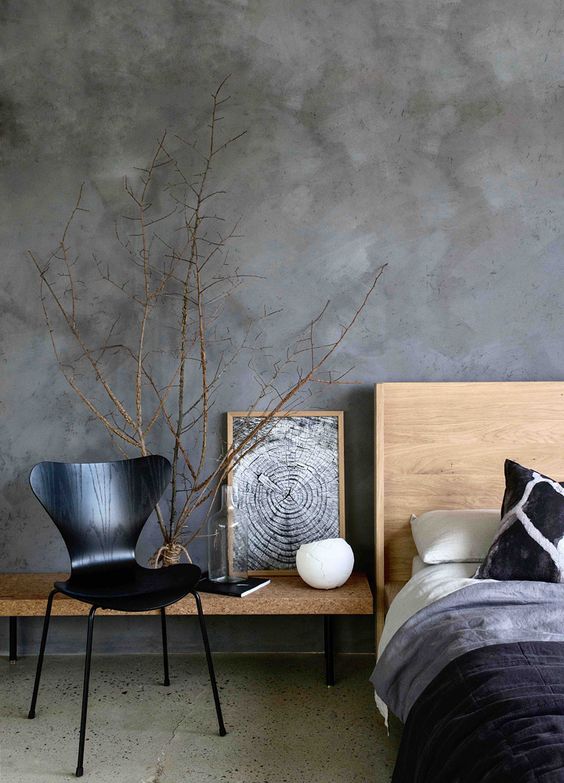
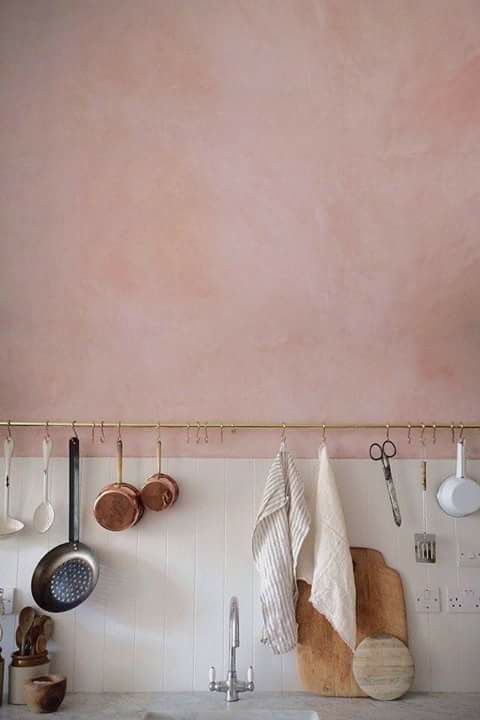
What is Colour Washing?
Colour washing is an extremely easy technique that, when done correctly, can look truly stunning. This technique was developed to mimic the look of walls in old houses that were painted without rollers, where the natural brush work reveals some variation in colour as the house has aged. It works by painting multiple layers of slightly different colours thinned out with glaze to lengthen the drying time. These layers are then blended to create the beautiful imperfection of the colour washing effect. So, how do we do it?
Practice Makes Perfect
While it’s relatively easy to do, colour washing can be tricky to master. Before you go ahead with painting your wall, it’s best to practice somewhere unimportant like plywood boards or timber offcuts. You want to make sure your wall looks amazing, so practice a few times first to make sure you have your technique down pat.
Step One – Colour Choice
First you’re going to need to decide on your colours. The key to good colour washes is picking colours from the same colour group that will blend well together. The best way to do this is to decide on the colour you want your wall to be and then select other shades of that colour to blend it with. Typically, the lighter shade should be used as a base coat with the darker colour washed over the top. Once you’ve settled on your colours it’s time to paint. A quick note here, if you decide to colour wash your walls, it’s best to take on the job solo. Each person’s individual technique differs slightly and if more than one person is working on a wall, the difference in styles will become obvious.
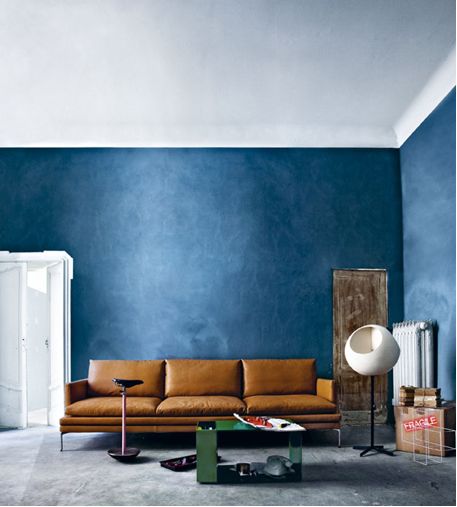
Picking similar colours from the same colour group will lead to better blends and beautiful finishes.
Step Two – Base Layer
After prepping your wall and laying your drop sheets, apply the base layer with a roller. This should be applied just like a regular paintjob. Using a roller, make sure you completely cover the wall smoothly and evenly, remembering to cut in at the edges.
Step Three – First Layer
Here comes the fun part. Mix your paint with glaze (in the measurements instructed on the glaze tin) and stir. Using a paintbrush, paint a large ‘X’ shape on the wall. Without dipping your brush again, spread the paint out by painting with random strokes over the ‘X’. Once the paint is spread thin, dip your brush and repeat until you’ve covered the wall. The idea is to create a random covering with this new coloured layer, making sure to leave plenty of the base layer showing.
Step Four – Second Layer
Once the first layer has dried, apply a second (glaze-mixed) layer in the same fashion, with random strokes over large X’s. When applying this time though, stop after every metre or so and use a dry brush to blend the colours together and create the colour wash effect. The amount you blend is a matter of taste, so stop blending when you think your wall looks best. Allow to dry and congratulations! You’ve painted your very own colour washed wall.
